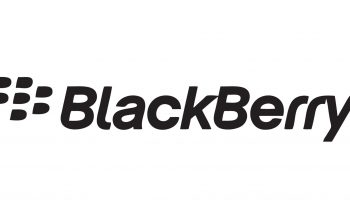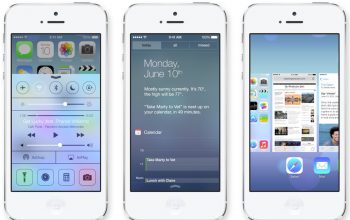BYOD: Good or Bad?
You’ve probably seen the acronym BYOD spreading around the ‘Net of late. No, it doesn’t refer to beer, but it does refer to bringing your own something to the party. Mobile device, that is. The BYOD program, which stands for Bring Your Own Device, is taking the business industry by storm as a central part to yet another buzz term these days: the “consumerization of IT.” But it is a good idea?
If you haven’t figured it out yet, BYOD means that companies are looking to allow employees who require mobile connectivity to use their own choice of smartphone to connect. The consumer buys whatever smartphone he wants for personal use, whether it be Android, iPhone, Windows, or BlackBerry, and the company’s IT department will connect the device to the company’s server, and incorporate all of the necessary security components that would normally be included with a company-owned device.
Let’s look at the pluses. The consumer gets to bring his own device, the phone he’s more comfortable with, and use it for work purposes. The company saves money since it doesn’t have to fork over dough for the smartphone. The consumer doesn’t need to carry two devices and create that clear line between work and personal life. So there’s the advantage of convenience.
But then there are the minuses. The consumer’s choice in device must also be secure, and able to sync with the office’s security systems, if he’s going to be housing confidential company information on it. The company needs to determine ways to manage the data in the event of the device being lost, stolen, or the employee being terminated; for example, features like being able to remotely wipe only the business-related data from the phone, while still leaving the employee’s personal stuff in tact.
There also needs to be a balance between managing the work-related data on the device, and giving the consumer privacy with the casual, personal information stored, such as photos, casual instant messages, and the like. After all, your recent family vacation shots, or your conversation with the wife about what to have for dinner, shouldn’t be treated with the same high level of security as, say, a company purchase order or confidential document.
While the company may save on the cost of the hardware, ramping up and managing security may lead to higher costs in the long run. You also need to consider usage: if the customer goes over his allotted day time minutes because he’s constantly calling his wife, should the company pay for it? Conversely, if he’s away on vacation, but still answering work-related messages, does the company cover the roaming?
But there are long-term benefits that are making BYOD an increasingly appealing option. Let’s not also forget that BYOD will, by default, inevitably lead to more productive workers. It’s much harder to ignore an important work-related e-mail if it’s staring you in the face on the mobile device you use 24/7 versus sitting in the hopper on the computer, or on the smartphone you only turn on during business hours. This also means, however, that workers will find it harder to manage that divide between work time and personal time. Should you feel compelled to respond to an important message in the middle of dinner? Should you be chastised for checking your Facebook during office hours?
The reality today is that those fictional work/personal lines are so faint, they virtually don’t exist anymore. I have the Facebook app on my phone, which I use to communicate with friends and family, update my personal profile status, and upload photos. But I also use it to manage the Marketnews Mag Facebook Page. I access the @Marketnewsmag Twitter account to post Tweets and reply to comments from my phone. But I also occasionally sift through the updates on a personal level to see what’s going on, and what people are talking about. Both my office e-mails and my personal Gmail e-mail accounts come through my smartphone. And while my photo library is mostly inundated with thousands of shots of my son, there are also instant pics from press conferences and events.
Many smartphones today come with features that let you separate the two mobile “lives” on the same device. That means my Facebook account could show up on my “personal” side, but perhaps only the Facebook Pages app on my “work” side.
Regardless of how a company and worker decide to handle BYOD, and which smartphone each employee opts for, the balance must be managed properly, with both the company and worker business and personal needs taken into consideration. Once this can be done, the BYOD program is poised for great success. And consumers will be all the more happier that one, multifunctional mobile computer can accomplish everything they need on-the-go. And they get to choose what device that is; it’s not up to the company anymore to tell them.



